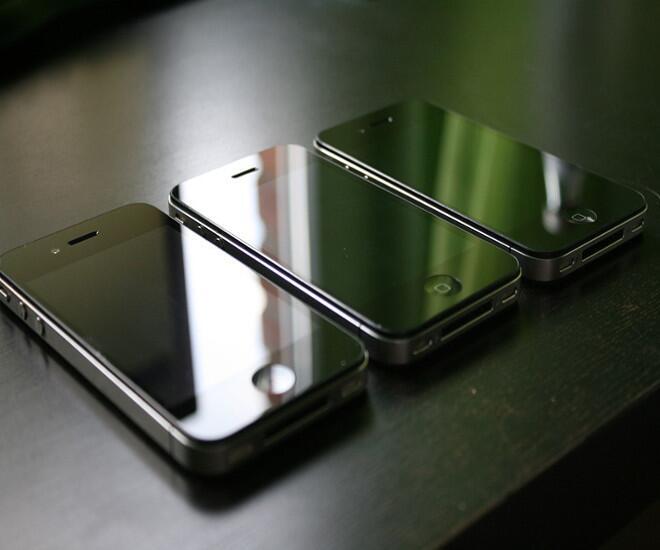Global smartphone sales grew 4.3% in Q2
Article By : Gartner

The five vendors that has seen growth include Chinese manufacturers Huawei, Oppo, Xiaomi and BBK Communication Equipment, and South Korea’s Samsung.
Smartphone sales has recorded a 4.3% year-on-year growth worldwide, but only five vendors saw any growth in individual sales, according to research firm Gartner.
Gartner said smartphones sales totaled 344 million units in the second quarter of 2016, and overall sales of mobile phones contracted by 0.5%.
The five vendors that saw growth were Chinese manufacturers Huawei, Oppo, Xiaomi and BBK Communication Equipment, and South Korea’s Samsung. BBK owns the Oppo and Vivo brands, which have seen growth in the market. Apple, on the other hand, continued with its third consecutive decline for the quarter.
"Demand for premium smartphones slowed in the second quarter of 2016 as consumers wait for new hardware launches in the second half of the year," said Anshul Gupta, research director at Gartner. In addition, the decline in sales of "feature phones" (down 14%) bolstered the decline in overall sales of mobile phones in the second quarter of 2016.
All mature markets except Japan saw slowing demand for smartphones leading to a decline in sales of 4.9%. In contrast, all emerging regions except Latin America saw growth, which led to smartphone sales growing by 9.9%.
In the second quarter of 2016, Samsung had nearly 10% more market share than Apple. Samsung saw sales of its Galaxy A and Galaxy J series smartphones compete strongly with Chinese manufacturers. Its new smartphone portfolio also helped Samsung win back share it recently lost in emerging markets.
Apple continued its downward trend with a decline of 7.7% in the second quarter of 2016. Apple sales declined in North America—its biggest market—as well as in Western Europe. However, it witnessed its worst sales decline in Greater China and mature Asia/Pacific regions, where sales declined 26%. Apple had its best performance in Eurasia, Sub-Saharan Africa and Eastern Europe regions in the second quarter of 2016, where iPhone sales grew more than 95% year on year.
Among the top five smartphone vendors, Oppo exhibited the highest growth in the second quarter of 2016 at 129%, thanks to strong sales of its R9 handset in China and overseas.
"Features such as an anti-shake camera optimised for selfies, and rapid charge technology, helped Oppo carve a niche market for itself and boost sales in a highly competitive and commoditised smartphone market," said Gupta.
In terms of the smartphone operating system (OS) market, Android regained share over iOS to achieve an 86% share in the second quarter of 2016. Android's performance continued to come from demand for mid- to lower-end smartphones from emerging markets, but also from premium smartphones, which recorded a 6.5% increase in the second quarter of 2016.
A number of key Android players, such as Samsung with the Galaxy S7, introduced their new high-end devices, but Chinese brands like Huawei and Oppo are also pushing their premium smartphone ranges with more affordable devices.
"Google is evolving the Android platform fast, which allows Android players to remain at the cutting edge of smartphone technology," said Roberta Cozza, research director at Gartner. "Facing a highly commoditised smartphone market, Google's focus is to further expand and diversify the Android platform with additional functionalities, like virtual reality, enabling more-intelligent experiences and reach into wearables, connected home devices, in-car entertainment and TV."
"The top five smartphone manufacturers together continued to gain market share in the second quarter of 2016—up from 51.5% to 54% year on year, led by Oppo, Samsung and Huawei," said Gupta.